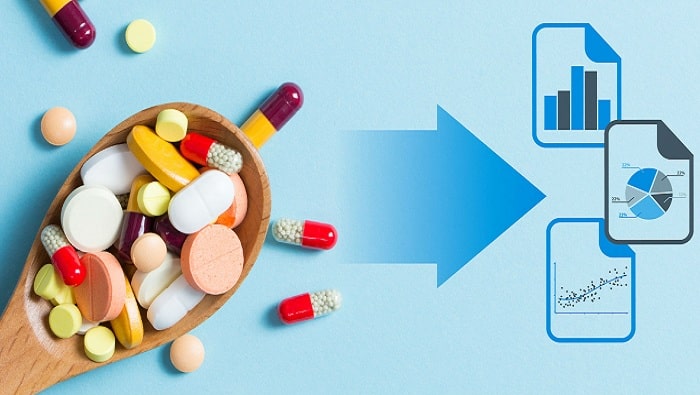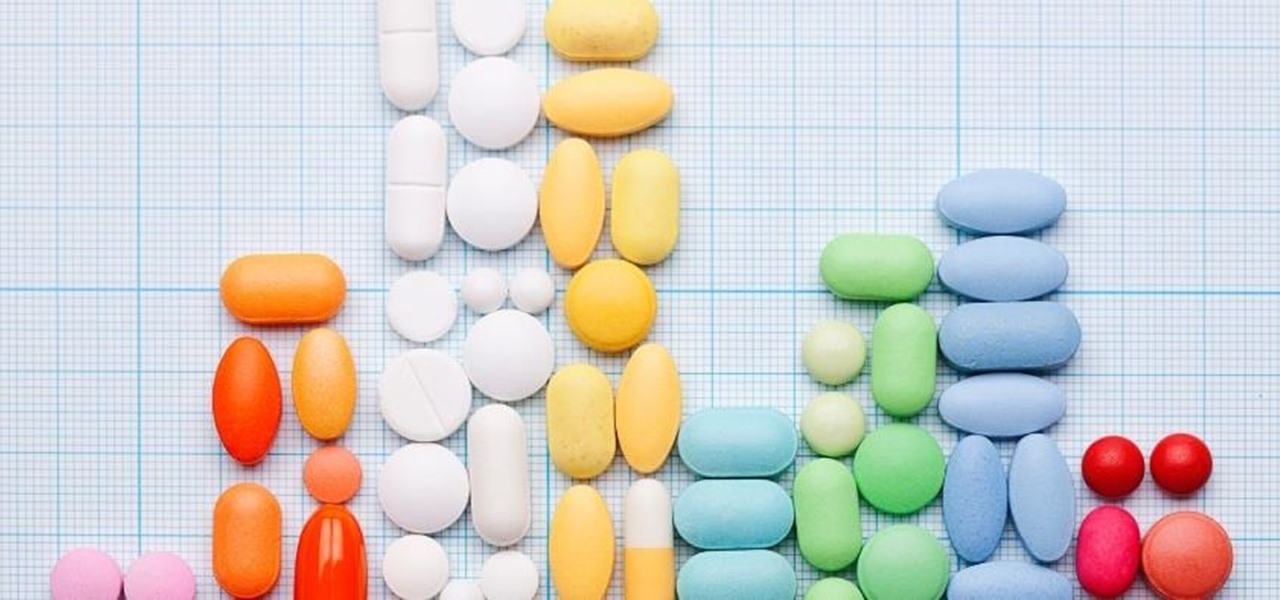Pharma market hits a blip in June 2023, but outlook remains positive

Pharma market hits a blip in June 2023, but outlook remains positive
The Indian Pharma Market (IPM), which had been experiencing a strong growth trajectory in recent months, saw a slowdown in June. This moderation in growth can be attributed to a couple of key factors. Firstly, the delayed monsoon had a negative impact on seasonal demand for acute products.
The monsoon season in India is crucial for the pharmaceutical industry as it often leads to an increase in illnesses such as viral fevers, respiratory tract infections, and waterborne diseases. The delayed monsoon resulted in a lower incidence of these ailments, thus affecting the demand for related pharmaceutical products.

Secondly, the moderation in June’s growth can be attributed to an unfavorable base effect. The IPM had witnessed robust growth rates of around 16 percent on average from February to May. When comparing growth rates on a year-on-year basis, June’s figures were inevitably affected by the higher base of the previous year. This made it challenging for the IPM to maintain the same level of growth in June.
Overall, the IPM recorded a year-on-year growth rate of 4.5 percent in June, which is significantly lower than the average increase observed in the preceding months. This slowdown highlights the impact of the delayed monsoon and the unfavorable base effect on the pharmaceutical market during that period.

It’s important to note that the performance of the IPM can vary due to several factors, including government regulations, healthcare policies, market dynamics, and the prevalence of diseases. As such, fluctuations in growth rates are not uncommon in the pharmaceutical industry.
According to global research and broking firm Nomura, the robust growth observed in the months leading up to June in the Indian Pharma Market (IPM) was largely driven by high demand for acute products, specifically anti-infectives, gastro, pain, and respiratory medications. These categories of medicines experienced strong demand during that period. However, in June, the market witnessed a slowdown because the key triggers for growth in these segments were absent.
Additionally, brokerage firm Motilal Oswal Financial Services points out that other factors contributed to the growth moderation. One such factor is the inclusion of certain products under the National List of Essential Medicines (NLEM). The inclusion of these medicines in the NLEM ensures their availability and affordability to a wider population. The demand for such essential medicines can have a positive impact on the overall growth of the pharmaceutical market.
However, Motilal Oswal Financial Services also highlights that a decline in prices of certain products under the NLEM had an adverse effect on the growth of the pharmaceutical market. Price reductions can impact the revenue and profitability of pharmaceutical companies, thus affecting the overall market growth.
These factors, including the absence of key triggers in certain product categories and changes in pricing regulations for essential medicines, played a role in the growth slowdown witnessed in the IPM during June.
It’s worth noting that the pharmaceutical market is influenced by a complex interplay of factors, including government regulations, healthcare policies, product demand, pricing dynamics, and market competition. These factors can vary over time, leading to fluctuations in market growth rates.
Despite the moderation in growth observed in June, analysts remain optimistic about the overall strong outlook for the Indian Pharma Market (IPM). JM Financial analysts expect the domestic pharma market to sustain early double-digit growth in FY24, driven by expectations of price hikes beyond the first quarter. Kotak Institutional Equities also anticipates a 10-15 percent domestic sales Compounded Annual Growth Rate (CAGR) across FY23-26 for companies in its coverage, fueled by pricing, new product launches, and strategic acquisitions in the pharma sector.
Kotak Institutional Equities emphasizes the significance of domestic sales as a crucial driver supporting overall growth for formulations-based pharma companies, despite improvements in the generics pricing scenario in the US.
In terms of therapy segments, cardiac, anti-diabetes, neurological, and dermatological therapies outperformed the overall growth of the Indian Pharma Market in June. The chronic segment continued to exhibit stronger growth than the acute segment, with chronic therapies expanding by 12.1 percent on a moving annual total (MAT) basis in June, while acute therapies grew by 9.7 percent on the same basis. The acute segment accounted for 62.3 percent of the IPM on a MAT basis in June 2023, with chronic therapies comprising a 38 percent share.
Several companies within the IPM showcased notable performance. JB Chemicals and Ajanta Pharma outperformed the overall market, with JB Chemicals experiencing strong growth in cardiac and gynecology therapies, while Ajanta Pharma benefited from its ophthalmology, pain, and dermatology portfolios. JB Chemicals also achieved industry-leading growth in terms of volumes, while Eris Lifesciences led in new launch growth.
On the other hand, P&G Health faced a decline of 4.7 percent in June across various therapies. Indian pharma companies dominated the IPM, accounting for 83 percent of the market share, while multinational drugmakers covered the remaining share. Indian pharma companies demonstrated a 5 percent YoY growth, surpassing the 2 percent growth achieved by MNC pharma players in the same month.



